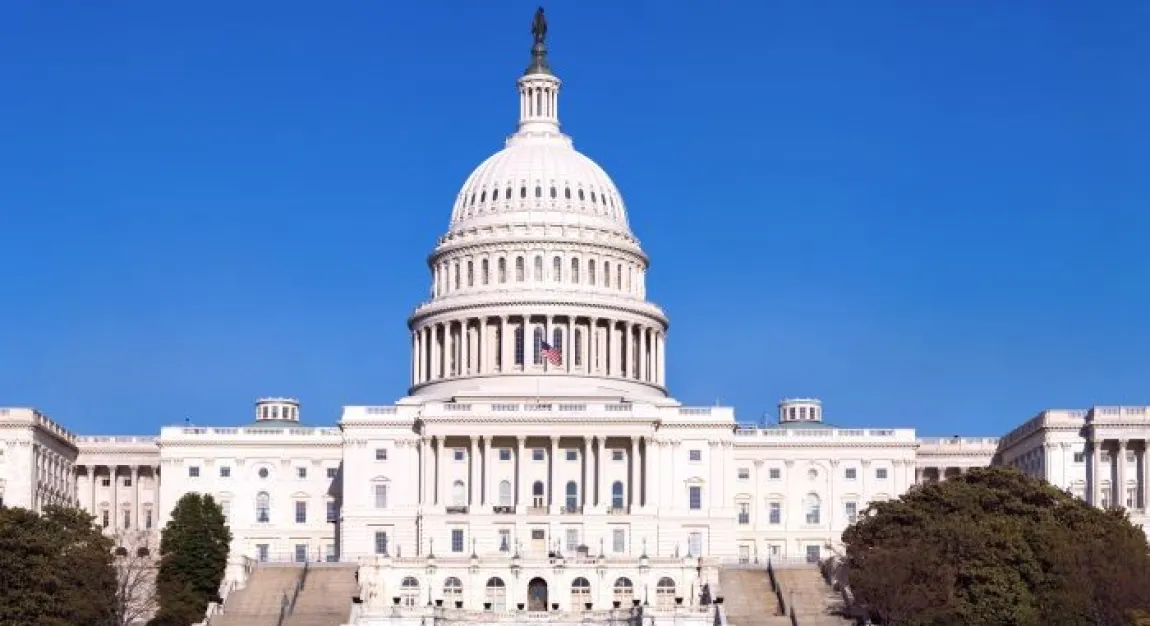- CMS recently released the proposed rule for the fiscal year (FY) 2026 Inpatient Prospective Payment System.
- Overall, they are proposing a 2.4% increase in hospital payments to help offset rising costs associated with inflation.
- The proposed rule reaffirms plans to implement the Transforming Episode Accountability Model in 2026, affecting all CABG procedures at selected hospitals.
- CMS is also turning its attention to the broader regulatory environment.
- STS will advocate for regulatory relief that supports high-quality, efficient patient care without unnecessary obstacles.
In April, the Centers for Medicare & Medicaid Services (CMS) released the proposed rule for the fiscal year (FY) 2026 Inpatient Prospective Payment System. This annual regulation includes several initiatives that will directly impact cardiothoracic surgery. The Society of Thoracic Surgeons is reviewing all the proposed changes carefully and will submit our comments in the coming months on behalf of cardiothoracic surgeons and their patients.
Overall, CMS is proposing a 2.4% increase in hospital payments for FY 2026 to help offset rising operational costs associated with inflation.
Transforming Episode Accountability Model Developments
Within the proposed rule, the administration reaffirmed its plans to move forward with the Transforming Episode Accountability Model (TEAM), which is set to take effect in 2026 and impact all CABG procedures at selected hospitals. TEAM is designed to hold hospitals financially accountable for the total cost and quality of care during a 30-day episode following CABG surgery to promote better care coordination and greater cost efficiency.
CMS has proposed several updates to the model, including a new methodology for adjusting pricing and payments when coding revisions occur, adding a patient-reported outcome measure, and refining the risk adjustment methodology. While these proposals are important steps forward, STS has identified several outstanding policy questions related to TEAM that we believe should be addressed. We will seek clarification through sub-regulatory guidance to advocate that the model is implemented in a way that supports both patients and surgeons.
Watch this quick video to learn more about TEAM and how to prepare ahead of its launch.
Regulatory Relief
Beyond TEAM, CMS is also turning its attention to the broader regulatory environment. In the same proposed rule, CMS issued a Request for Information for input on ways to reduce administrative burden across hospitals and healthcare providers. Specifically, the agency asks stakeholders to identify areas where regulations may have led to unintended consequences, inefficiencies, or excessive compliance costs.
STS will actively participate in this effort and advocate for meaningful regulatory relief that supports high-quality, efficient patient care without unnecessary obstacles. If you have ideas for eliminating burdensome regulations, please share your feedback with us at advocacy@sts.org.
